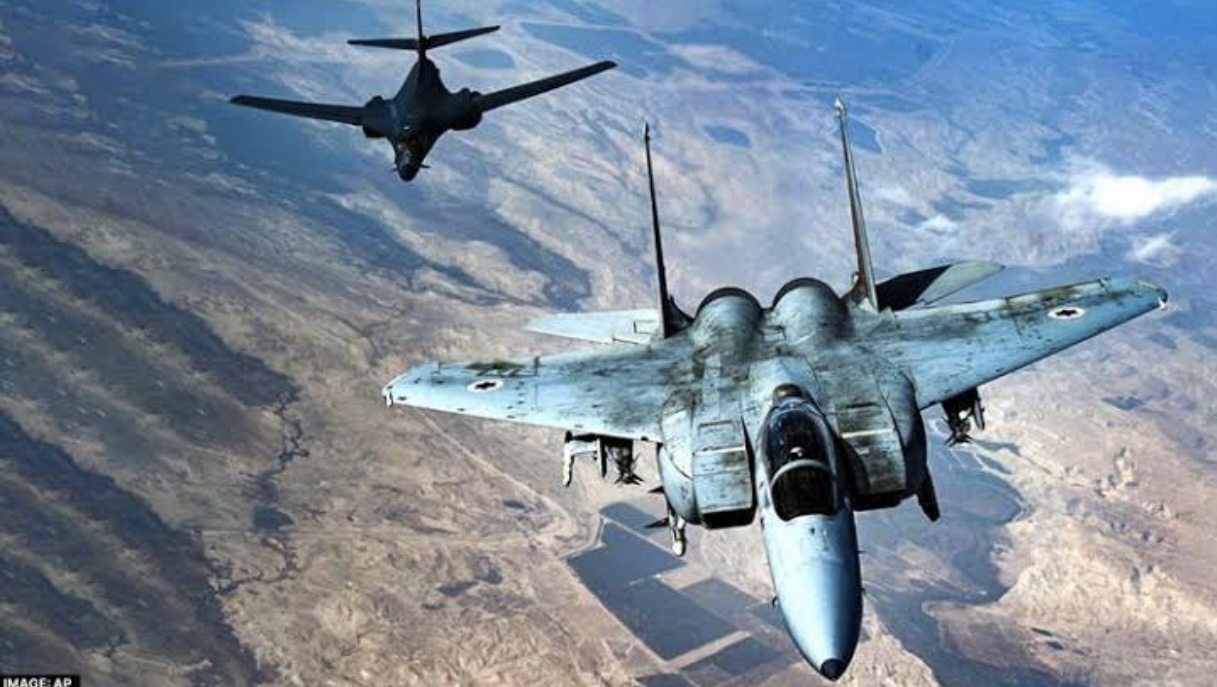
Russian fighter jets approached US and coalition aircraft in Syria 7 times in August, sometimes coming within 1,000 feet, according to the Pentagon’s statement on Friday.
Brig. Gen. Pat Ryder, the Pentagon’s press secretary, described these actions by Russian jets as “unsafe and unprofessional.” He noted that these Russian fighters engaged in “aggressive maneuvers, some of which occurred within a 1,000-foot range.”
Ryder worried that such unsafe maneuvers heighten misunderstanding and don’t reflect professional air force conduct expectations. The latest incidents of these unsafe maneuvers occurred on August 25, as reported by the Pentagon.
Despite both the US and Russia establishing a deconfliction line in Syria over the past few years to prevent inadvertent confrontations that could escalate tensions, Russian pilots have a history of engaging with US and Coalition aircraft in ways deemed unsafe.
Recent Aggressive Aerial Encounters Between Russian and US Jets in Syria
In April, the US Central Command disclosed that Russian pilots attempted to engage in aerial combat, known as dogfighting, with US jets over Syria, contributing to a trend of heightened aggression. Dogfighting involves close-range aerial combat maneuvers.
Videos released by the US Central Command from April 2 depicted a Russian SU-35 fighter jet conducting an “unsafe and unprofessional” intercept of a US F-16 fighter jet. Another video from April 18 showcased a Russian fighter that breached coalition airspace, approaching within 2,000 feet of a US aircraft, a distance a fighter jet can cover in mere seconds.
A US official, speaking previously to CNN, suggested that Russian pilots did not seem intent on downing American jets but may have sought to provoke the US into an international incident.
On Friday, Ryder urged Russia to halt these reckless actions. The U.S. emphasizes the need for the Russian Air Force to cease these behaviors while remaining committed to defeating ISIS.
Amid rising concerns over these dangerous encounters in Syrian airspace, diplomatic channels have also been activated to address these issues. Both the United States and Russia have engaged in discussions to deescalate the situation and prevent any unintended escalation of tensions.
However, despite diplomatic efforts, the frequency of these incidents raises questions about the effectiveness of the deconfliction line and the broader implications for regional stability. The delicate balance of power and competing interests in Syria creates a challenging environment for such negotiations.